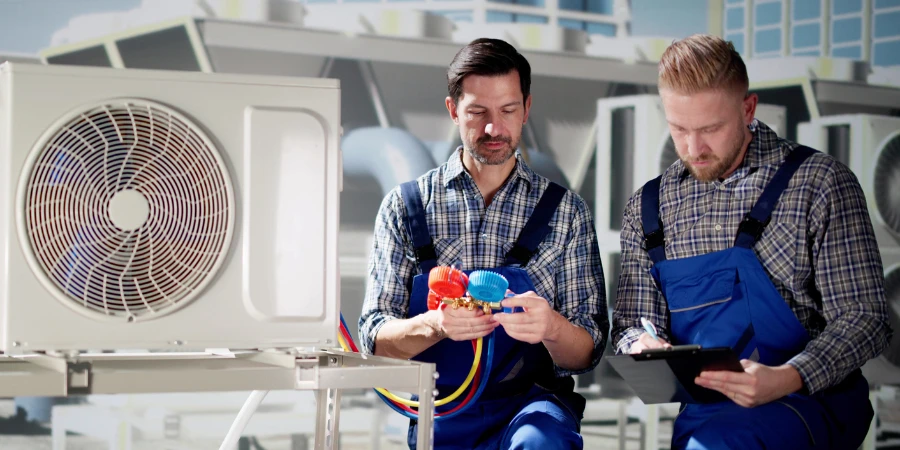As temperatures soar globally, air conditioning (AC) isn’t just a luxury; it’s a necessity for comfortable living and working environments. Understanding the intricacies of AC installation can ensure efficient, effective cooling. This article demystifies the process, covering the what, how, and costs involved, plus our top picks for AC units.
Table of Contents:
1. What is AC Installation?
2. How Do AC Systems Work?
3. How to Use Your AC System
4. The Cost of AC Installation
5. Top Picks for AC Units
What is AC Installation?
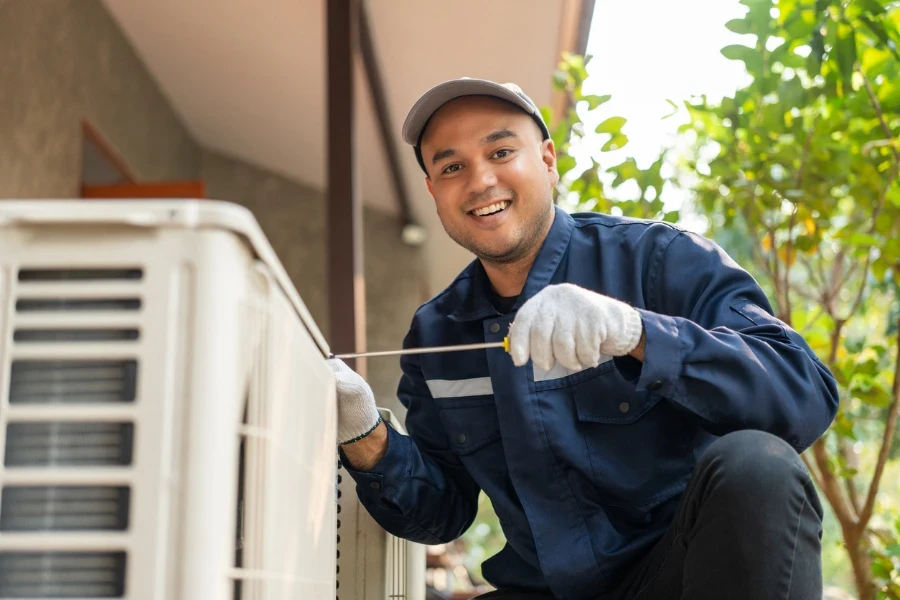
AC installation refers to the process of setting up an air conditioning system within a residential or commercial space to provide cooling (and often heating). This involves several key steps, from selecting the right type of AC unit for your needs to the physical installation of the indoor and outdoor components, and finally, ensuring the system is correctly charged with refrigerant. The goal is to achieve a comfortable indoor climate, regardless of the outdoor conditions.
The complexity of AC installation varies significantly depending on the type of system being installed. Central air systems, for instance, require extensive ductwork and electrical wiring, making them more complex and time-consuming to install than window units or portable ACs. With advancements in technology, newer models are designed for easier installation, but professional assistance is often recommended to ensure efficiency and safety.
Choosing the right AC unit involves considering factors such as the size of the space to be cooled, the local climate, and energy efficiency ratings. A properly sized and installed AC unit will not only cool a space more effectively but also operate more efficiently, saving energy and reducing costs over time. This initial step is critical in the AC installation process and sets the stage for a successful climate control solution.
How Do AC Systems Work?
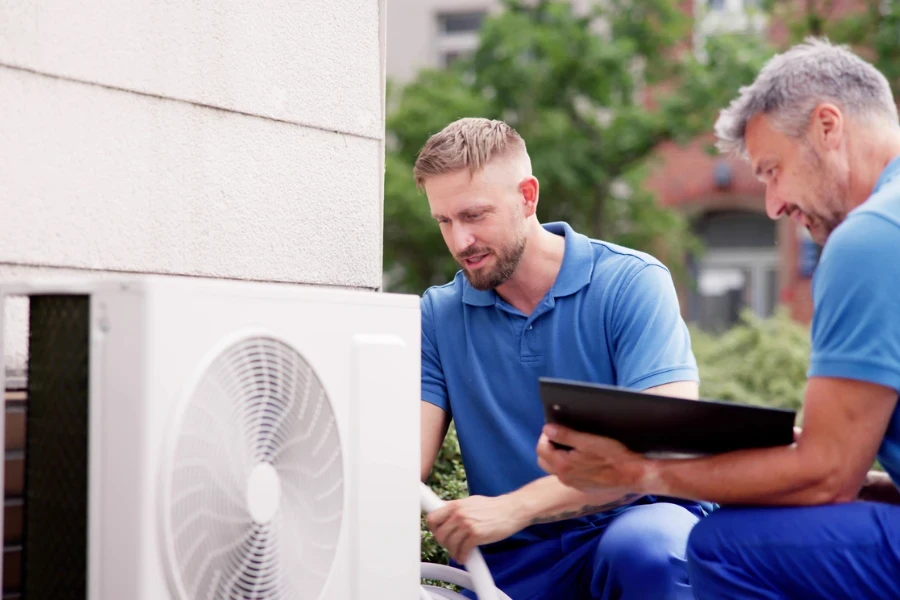
At its core, an air conditioning system operates on the principle of heat transfer. It uses refrigerant, a substance capable of changing from gas to liquid and back again, to absorb heat from inside a space and release it outside, thereby cooling the interior air. This cycle involves several key components: the evaporator coil, the compressor, the condenser coil, and the expansion valve.
The process begins in the evaporator coil, located inside the home, where the refrigerant absorbs heat from the indoor air and turns into a gas. This gas is then pumped outside to the condenser coil by the compressor, where it releases its heat and turns back into a liquid. The refrigerant then returns indoors, passing through the expansion valve which lowers its pressure and temperature, ready to absorb heat once again. This cycle repeats continuously to maintain the desired temperature.
Modern AC systems also incorporate a fan to circulate air over the evaporator coil for cooling, and another to blow air over the condenser coil to expel the absorbed heat outside. Additionally, many units include filters to clean the air and thermostats or controllers to set and maintain the desired temperature, enhancing the comfort and air quality of the space.
How to Use Your AC System
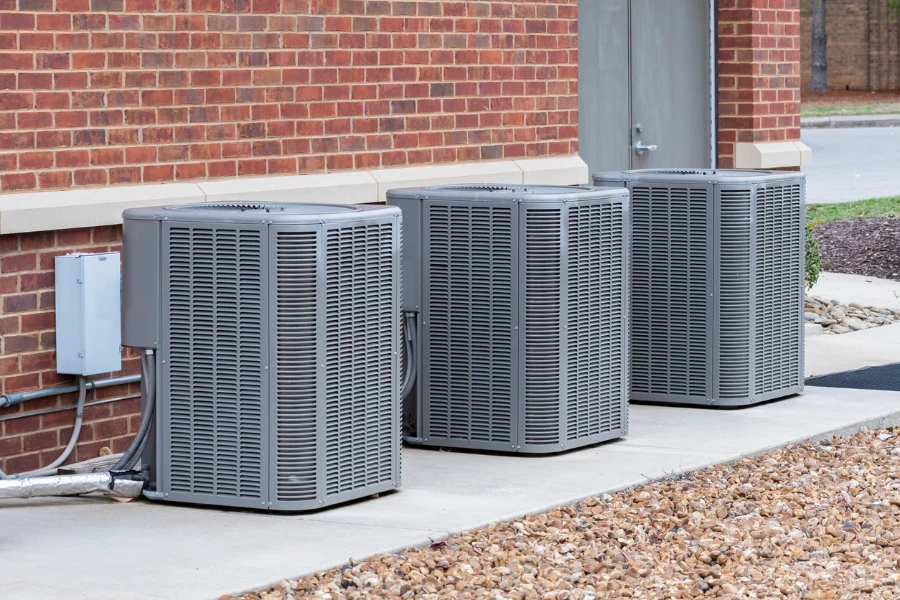
Using your AC system efficiently involves more than just setting the thermostat. First, it’s important to ensure your AC unit is correctly sized for your space. An oversized unit can cool the space quickly but will cycle on and off more frequently, reducing efficiency and the lifespan of the system. Conversely, an undersized unit will struggle to cool the space, running continuously and using more energy.
Regular maintenance is crucial for keeping your AC system running smoothly. This includes cleaning or replacing the air filters monthly during peak usage, checking the refrigerant levels, and ensuring the outdoor unit is free from debris. Additionally, using a programmable thermostat can help maintain a comfortable temperature without overworking the system, further improving efficiency and reducing costs.
Understanding the various modes and settings on your AC unit can also optimize its use. For instance, the ‘auto’ mode allows the system to adjust the cooling and fan speed based on the room temperature, while the ‘sleep’ mode reduces the cooling intensity overnight to save energy. Familiarizing yourself with these settings can enhance your comfort while minimizing energy consumption.
The Cost of AC Installation
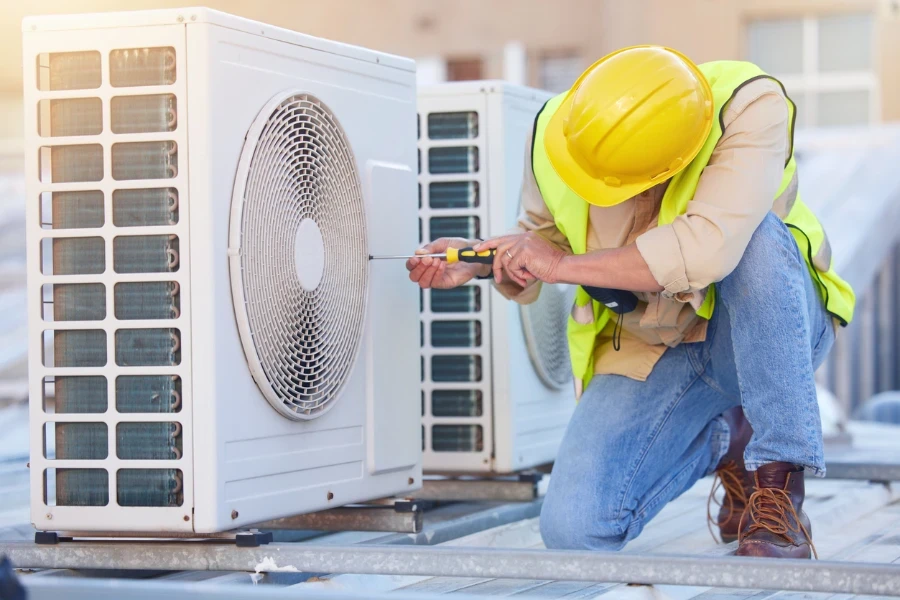
The cost of AC installation varies widely depending on several factors, including the type of AC unit, the complexity of the installation, and geographical location. On average, installing a central air conditioning system in a typical home can range from $3,000 to $7,000 or more. This price includes the cost of the unit itself, labor, and any necessary modifications to your home’s ductwork or electrical system.
Window units and portable ACs are significantly less expensive options, both in terms of the unit cost and installation. These can range from $150 to $500, with installation often being a DIY project. However, these solutions are generally only suitable for cooling smaller spaces or single rooms.
It’s also important to consider the long-term costs associated with an AC unit, including energy consumption and maintenance. Investing in a more efficient, albeit more expensive, system can result in lower utility bills and maintenance costs over the lifespan of the unit, offering better value in the long run.
Top Picks for AC Units

When it comes to selecting an AC unit, there are several top contenders known for their efficiency, durability, and performance. Among the best are:
- The Daikin DX20VC – A central air system known for its high efficiency and quiet operation.
- The Mitsubishi Electric MUZ-FH – A ductless mini-split system offering excellent efficiency and the ability to heat and cool.
- The LG LW8016ER – A window unit that balances performance with affordability, ideal for smaller spaces.
- The Frigidaire Gallery FGPC1244T1 – A portable AC that offers easy installation and a sleek design.
- The Carrier Infinity 21 24ANB1 – A central air system known for its advanced features and energy efficiency.
Choosing the right AC unit involves considering your specific needs, including the size of the space, energy efficiency requirements, and budget. Consulting with a professional can help determine the best option for your home or business.
Conclusion:
AC installation is a critical process that, when done correctly, provides a comfortable and energy-efficient environment. Understanding how AC systems work, how to use them efficiently, and the costs involved are essential steps in this process. With the right information and the help of professionals, you can select and install the perfect AC unit for your needs, ensuring cool comfort for years to come.
